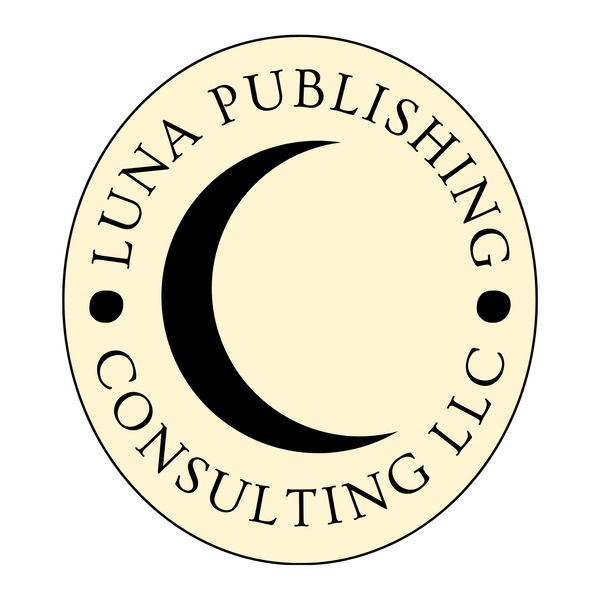
The Future of Publishing: Trends and Insights
Share
In today's ever-evolving publishing landscape, staying informed about industry trends is crucial for authors, whether they choose traditional or self-publishing routes. The following are key trends and insights that are shaping the world of publishing:
The Rise of Hybrid Publishing
Hybrid publishing models, which combine elements of traditional and self-publishing, are becoming increasingly popular. This model allows authors to retain more creative control while benefiting from the professional services typically offered by traditional publishers. It's an attractive option for authors looking for a middle ground between full self-publishing independence and the structured support of traditional publishing.
Growth in Digital and Audiobook Markets
Digital and audiobook markets continue to grow, with more readers preferring these formats for their convenience. This trend is particularly notable in the self-publishing arena, where authors can quickly adapt their works into these formats. The rise of platforms like Audible and Kindle Direct Publishing has made it easier than ever for authors to reach a global audience.
Niche and Genre-Specific Publishing
There is an increasing trend towards niche and genre-specific publishing. Authors are finding success by catering to specific audiences, whether it's through sub-genres like cozy mysteries or specialized non-fiction topics. This trend allows for more targeted marketing and a dedicated readership, often leading to stronger community engagement and loyalty.
The Importance of Author Branding
Author branding has never been more critical. With the rise of social media and personal websites, authors are now expected to engage directly with their readers. A strong personal brand can differentiate an author in a crowded market, making it an essential component of both traditional and self-publishing strategies.
Print-on-Demand (POD) Technology
Print-on-Demand technology has revolutionized the publishing industry, making it possible for self-published authors to produce physical books without the financial risks associated with large print runs. POD offers flexibility, allowing authors to print copies as needed and avoid the costs and logistics of storing unsold books.
Crowdfunding and Pre-Orders
Crowdfunding platforms like Kickstarter and Indiegogo are being used by authors to finance their book projects. This approach not only helps secure funding but also serves as a marketing tool, generating early buzz and reader engagement. Pre-orders have also become a critical part of a book's launch strategy, allowing authors to gauge interest and secure early sales.
Data-Driven Marketing
Data-driven marketing strategies are increasingly being used to target readers effectively. By analyzing data from sales, social media, and reader demographics, authors can tailor their marketing efforts to reach the most engaged audiences. This approach maximizes the return on investment for marketing activities and helps authors understand what resonates with their readers.
The Role of Book Influencers and Bloggers
Book influencers and bloggers have become pivotal in the book marketing landscape. Their reviews and recommendations can significantly impact book sales and visibility. Authors and publishers are increasingly partnering with these influencers to tap into their follower base and leverage their influence.
The Ongoing Debate: Traditional vs. Self-Publishing
The debate between traditional and self-publishing continues, with both paths offering distinct advantages. Traditional publishing provides access to established distribution channels and professional editing, while self-publishing offers greater creative control and a larger share of royalties. The choice often depends on the author's goals, resources, and level of experience.
International Markets and Translations
There is a growing focus on international markets and translations. As digital platforms make books accessible worldwide, authors are exploring opportunities to reach non-English speaking readers. This trend includes translating books into multiple languages and marketing them in international markets, significantly expanding an author's reach.
Conclusion
The publishing industry is undergoing significant changes, driven by technological advancements and evolving reader preferences. Whether you're an author exploring the flexibility of hybrid publishing, leveraging the power of digital and audiobooks, or delving into niche genres, understanding these trends is crucial. The rise of print-on-demand, the impact of book influencers, and the increasing importance of data-driven marketing are reshaping how books are published and promoted. As the debate between traditional and self-publishing continues, and opportunities in international markets expand, staying informed and adaptable is key to success. By embracing these trends and insights, authors can navigate the publishing landscape with confidence and reach their audience more effectively.
